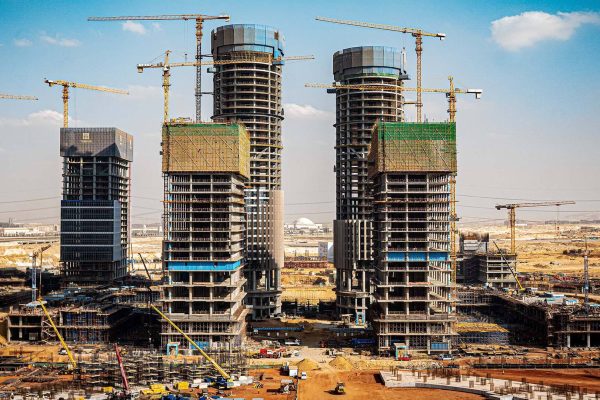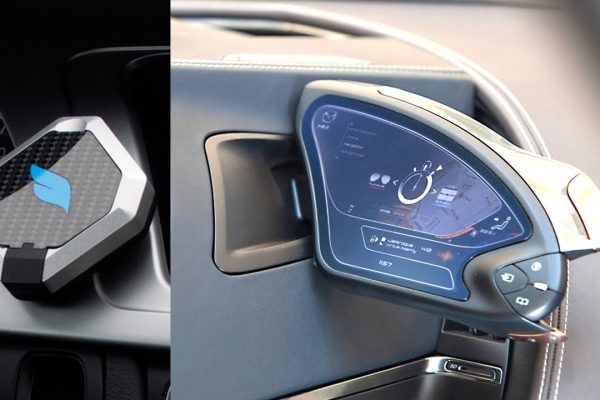Business owners make an effort to ensure that the commercial property which facilitates their business and operations is in excellent condition. Your commercial property can be an invaluable asset for your business that allows you to generate the income to achieve your goals and growth. You must take measures to protect your business by keeping the commercial property in optimal shape.
Many business owners typically prioritize functional changes that can improve operational efficiencies in their commercial buildings. If your business involves customers walking through the doors to solicit business, you will make sure that the interior and exterior of the commercial property are befitting to welcome them.
However, do you remember the last time you had your commercial property’s roof replaced? It is critical to care for the roof on your commercial property to protect your business and keep it in good shape.
If your commercial roof ever fails, it can cause substantial damage to your business. Even the smallest leak can result in costly damages that can set your company back if you do not immediately correct the problems.
Are you unsure about whether it is time to replace your commercial roof? This post will serve as a guide to tell you about the signs that it is time to replace your commercial roof.
Table of Contents
7 Signs It’s Time To Replace Your Commercial Roof
Understanding when to replace your commercial roof is necessary to ensure that you can take the appropriate action and call in commercial roofing contractors for an inspection on time. Here are the signs you should look for.
1. Roof Blistering
Membrane-style commercial roofs are prone to roof blistering, also called bubbling. The blister is effectively a bubble that might form under the roof membrane due to air getting trapped underneath it or from moisture. Poor ventilation or installation can result in roof blistering. This problem is most apparent in areas with substantial temperature fluctuations.
Small blisters on the roof might not be a problem if you address them right away. If left unchecked, roof blisters can cause substantial damage and result in the need for a complete replacement. Calling a commercial roofing contractor to perform a thorough inspection can determine the necessary course of action to fix the problem.
2. Damaged Flashing or Pitch Pan
The metal sleeves placed around protrusions in your roof are called pitch pans. These metal sleeves offer the first line of defense to keep water out of the building where the roof is prone to let water in. Flashing is used to change the direction of the water from areas that meet a vertical surface. It is common to see flashing in places like skylights and chimneys.
Damaged flashing or pitch pans might not be as effective in keeping water away from the protrusions on your roof, resulting in water leaking into the building. These leaks usually tend to be slow and difficult to detect until it is too late. Periodically scheduling a roof inspection can help detect these problems until they get too bad.
3. Dry Rot
Also known as roof rot, dry rot is a major sign that it is time to schedule commercial roof replacement services. This problem is most commonly found on flat commercial and industrial roofs because of standing water. The water breaks down the roof membrane over time and causes significant damage to the roof and your building’s structural integrity.
You should inspect your roof immediately after your area experiences heavy rain to see if there are any puddles or standing water. Calling a professional to inspect your roof can help you detect dry rot before it becomes a major problem.
4. Tears on Roof Membrane
Many commercial buildings have generators and HVAC installed on the roof. Like any piece of machinery, the equipment requires regular maintenance and repairs. Contractors who take care of repair and maintenance may inadvertently damage the roofing membrane.
After any maintenance work on the roof, scheduling professional roof inspections can help you detect and address punctures or major tears in the roof membrane before it becomes a significant problem.
5. Wind Damage
Wind damage and blow-offs are a major problem for your commercial building’s roof. Membrane-style roofs are typically resistant to wind damage. However, leaks can form if there are problems with the installation. If the seams on the roof are not properly secured, high-speed winds can cause the seam to separate and blow loose, exposing the roof to harsh weather conditions. Scheduling commercial roof inspections can help you detect any wind damage on time.
6. Puddles and Low Spots
If you ever see puddles or low spots on your roof, it could be an alarming sign. It is an indicator of structural damage to the roof of your commercial building. Not addressing the problem immediately can result in more expensive damages to deal with later on. The best time to check for low spots and puddles is after periods of rain.
If you detect any puddles or pools forming on the roof, you should ensure that the drains are clear. Any water accumulating on the roof despite clear drains is a major sign that it is time to replace your commercial roof.
7. Storm Damage
Commercial roofs are built to last a long time and weather extreme conditions. Unfortunately, the roofs are not impenetrable and can be subject to natural wear and tear over time. If your area experiences extreme weather conditions like hail and storms, there is a chance that the debris brought by high-speed winds can puncture the roof membrane.
After a storm, scheduling commercial roof inspections can help you determine any significant storm damage to the roof.
What Should You Do?
If you see any of the signs above, we advise getting in touch with professional commercial roofing contractors who can provide you high-quality commercial roof replacement services. The earlier you address the problem, the less likely you will face substantial problems at your commercial property.
Do you think that it is time for you to schedule commercial roof replacement services? The team at Central Roofing consists of experienced commercial roof installation professionals. Consider contacting the company to schedule commercial roof inspection services to determine the extent of the damage. After performing an inspection, the roofing contractors will discuss the best course of action to fix the problem and ensure that your commercial property is in optimal working condition.










